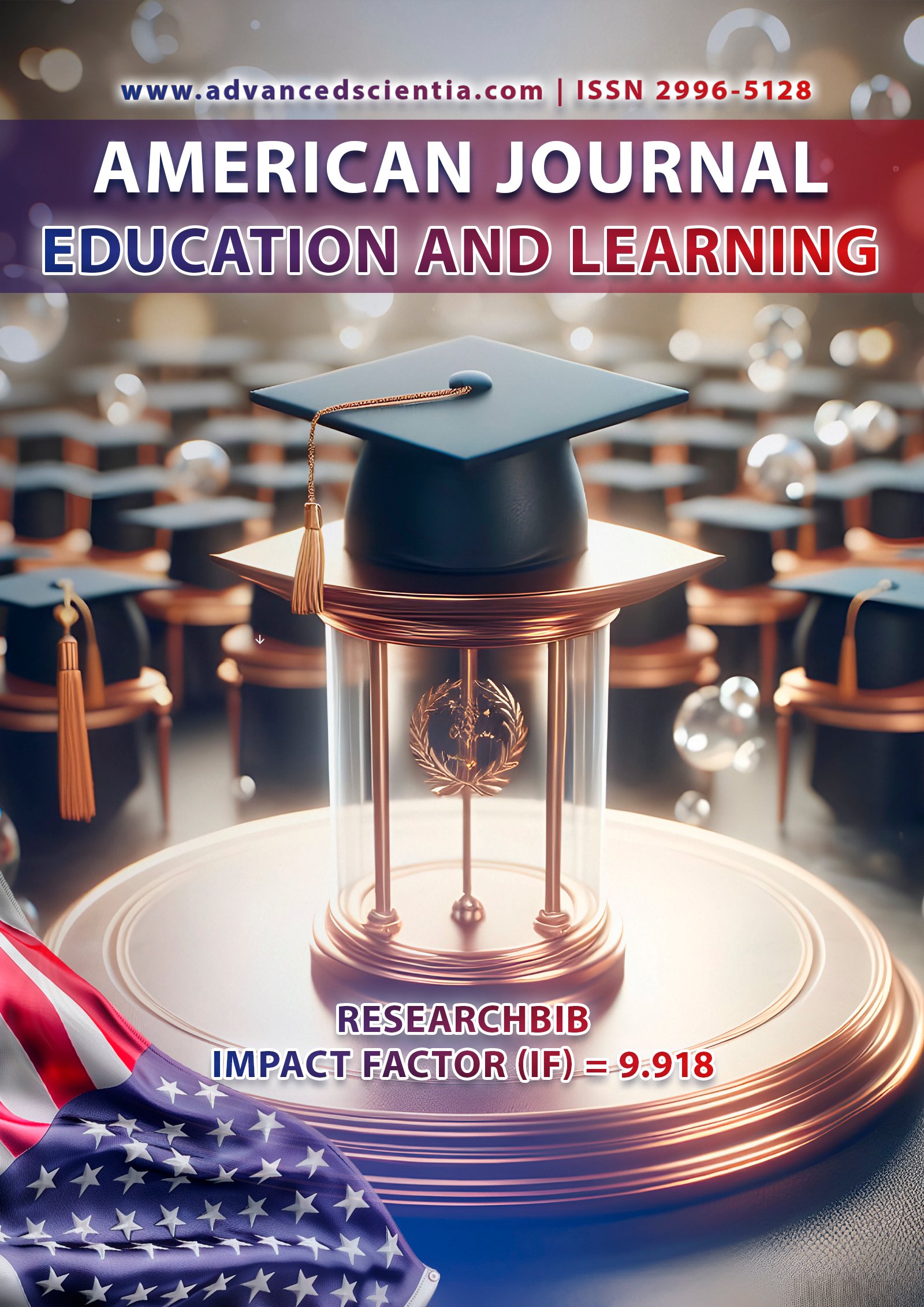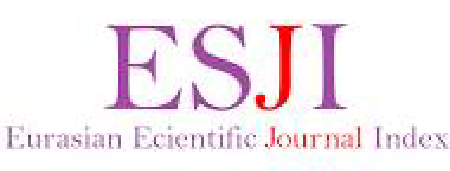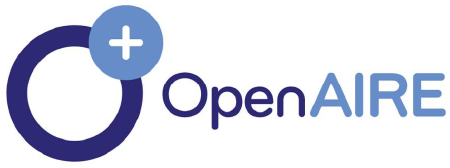DEVELOPMENT OF INTERACTIVE DIGITAL MATERIALS FOR LEARNERS OF RUSSIAN AS A FOREIGN LANGUAGE
Abstract
This article explores methodological and practical approaches to developing interactive digital materials for learners of Russian as a Foreign Language (RFL). Based on authentic teaching practice with international students from diverse cultural backgrounds, the study presents a series of real-life examples demonstrating how interactivity, scenario-based learning, and cultural adaptation enhance language acquisition. The article argues that interactive materials are most effective when they include multimodal input, authentic contexts, and opportunities for autonomous practice and feedback. The teacher's role evolves into that of a learning environment designer, while learners engage actively and safely with the language. The findings highlight the importance of flexibility, personalization, and cultural sensitivity in digital RFL course design. Recommendations for further development and implementation of such resources are also provided.References
1. Ivanov S. N. Interactive multimedia materials in teaching Russian as a foreign language // Pedagogical Informatics. — 2019. — No. 4. — P. 45–53.
2. Petrova O. V. Designing digital textbooks for RFL // Innovations in Education. — 2018. — Vol. 22, No. 5. — P. 108–117.
3. Kuznetsova L. M. Interactive technologies in teaching RFL // Bulletin of RUDN University. Series: Russian Language and Teaching Methods. — 2020. — No. 3. — P. 90–99.
4. Sidorova E. A. Using digital technologies in RFL classes // Educational Technologies. — 2022. — No. 1. — P. 74–82.
5. Ignatovich S. V. Interactive LearningApps in the RFL course // Modern Problems of Linguodidactics. — 2019. — No. 2. — P. 118–126.






















